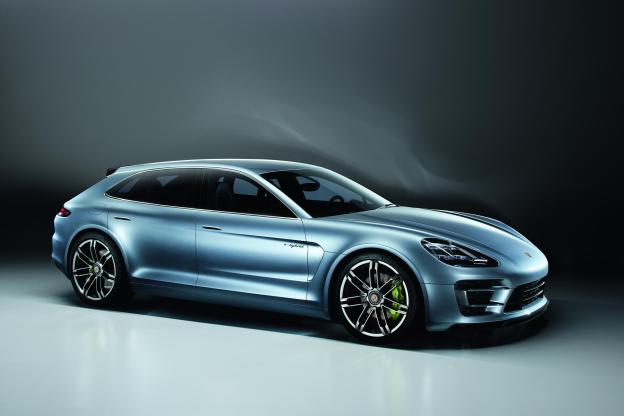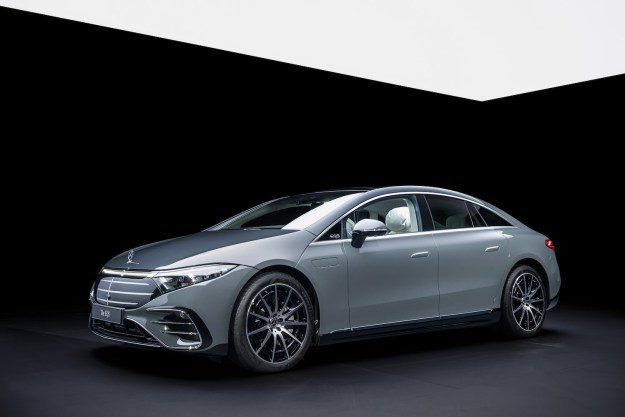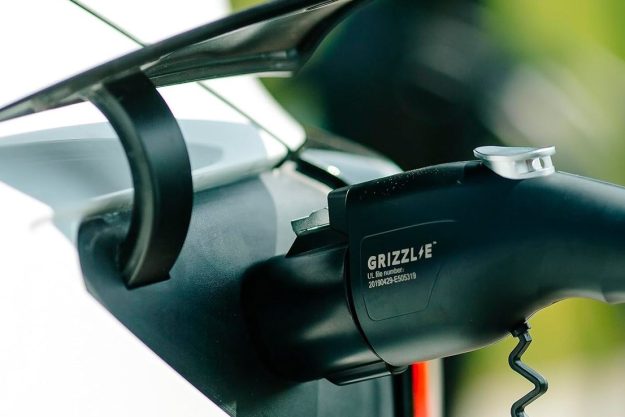 Porsche’s Panamera four-door was already a it misshapen, so making it into a station wagon probably wasn’t the best idea. Nonetheless, Porsche did just that, creating the Panamera Sport Turismo, a performance hybrid concept that was recently unveiled at the Paris Motor Show.
Porsche’s Panamera four-door was already a it misshapen, so making it into a station wagon probably wasn’t the best idea. Nonetheless, Porsche did just that, creating the Panamera Sport Turismo, a performance hybrid concept that was recently unveiled at the Paris Motor Show.
Porsche says the Sport Turismo previews what a future, more practical, sports car could look like. The result is a car that looks almost identical to a normal Panamera, but with upright tailgate instead of the production car’s noncommittal hatchback. If nothing else, this should make the Sport Turismo and excellent tire hauler for owners of Porsche’s 918 Spyder hybrid supercar. Still, it doesn’t seem like an aesthetically pleasing future.
The Sport Turismo is also the first four-door Porsche to get an “e-hybrid” badge, the branding Weissach will use for all of its future plug-in hybrids. The powertrain consists of a supercharged V6 and an electric motor; total system output is 416 horsepower.
The 9.4 kWh lithium ion battery pack takes 2.5 hours to charge, and get the Sport Turismo 18.6 miles, at speeds up to 80 mph, before the gasoline engine kicks in. When the driver isn’t trying to conserve energy, this plug-in Porsche will get from 0 to 62 mph (0 to 100 kph) in under six seconds.
As with most other plug-in hybrids, the Sport Turismo comes with multiple driving modes. The default mode prioritizes electric motoring; the driver can deactivate this mode with a button on the steering wheel if he or she wants to pull away with more vigor.
With the gasoline engine on, the driver can also prioritize battery charging over electric propulsion, saving up their battery power for situations such as city driving that can be handled in electric-only mode.
The interior offers a more streamlined version of the stock Panamera’s button-cluttered cockpit, with a two-tone finish like the one that is optional on the 911. The inclinced center console is still there, but most of the buttons have been replaced by a Star Trek-like touchpad.
The traditional gauge cluster is replaced with a TFT color display that can call up everything from maps to the tachometer. Monitors on either side of the main display show images from exterior cameras that take the place of side view mirrors.
Instead of a physical starter button, the Sport Turismo is activated via a touchpad on the left side of the dashboard display.
Porsche is always trying to expand its lineup, especially with deviations of existing models, so a production Panamera Sport Turismo isn’t out of the question. For now, it remains an ugly, but technologically advanced, concept.



